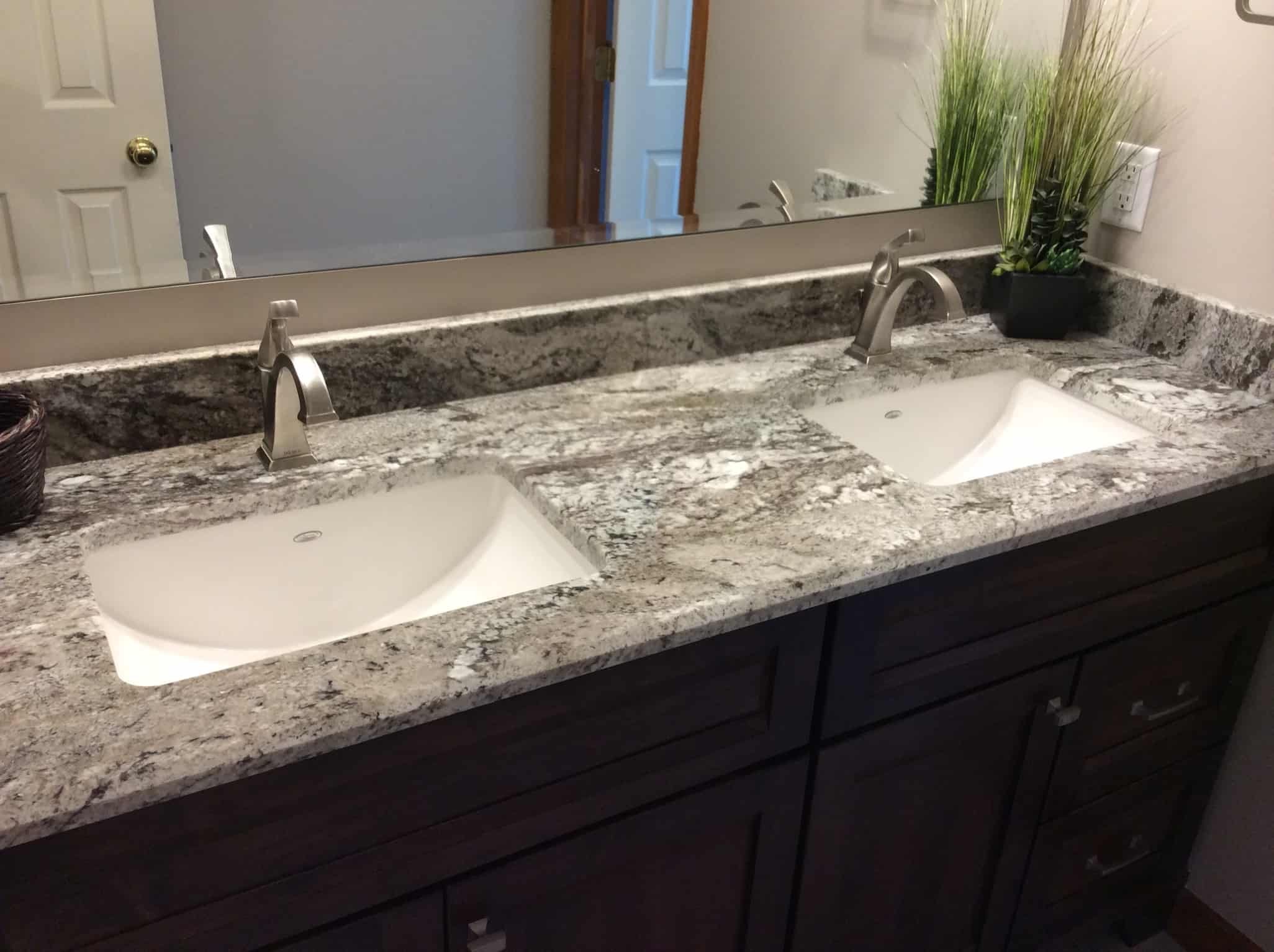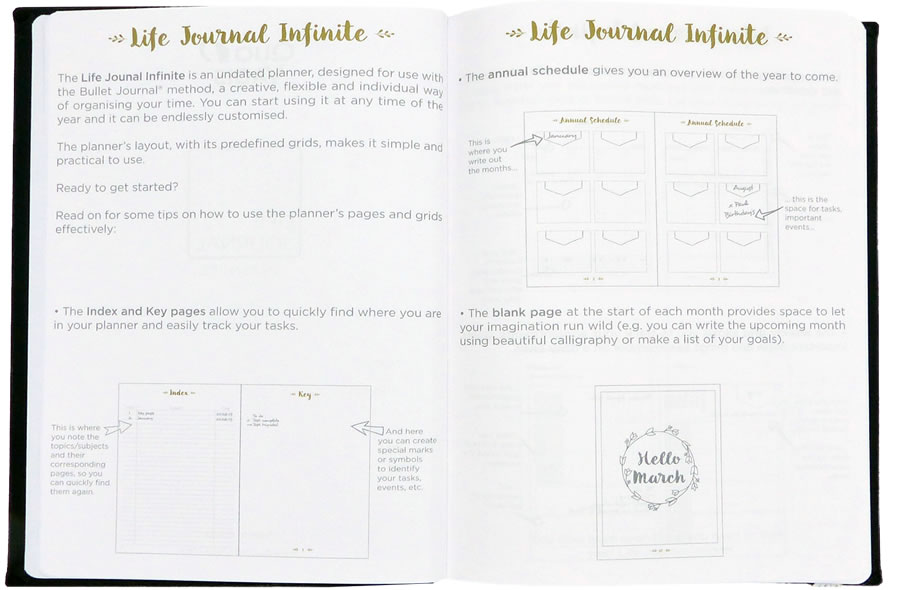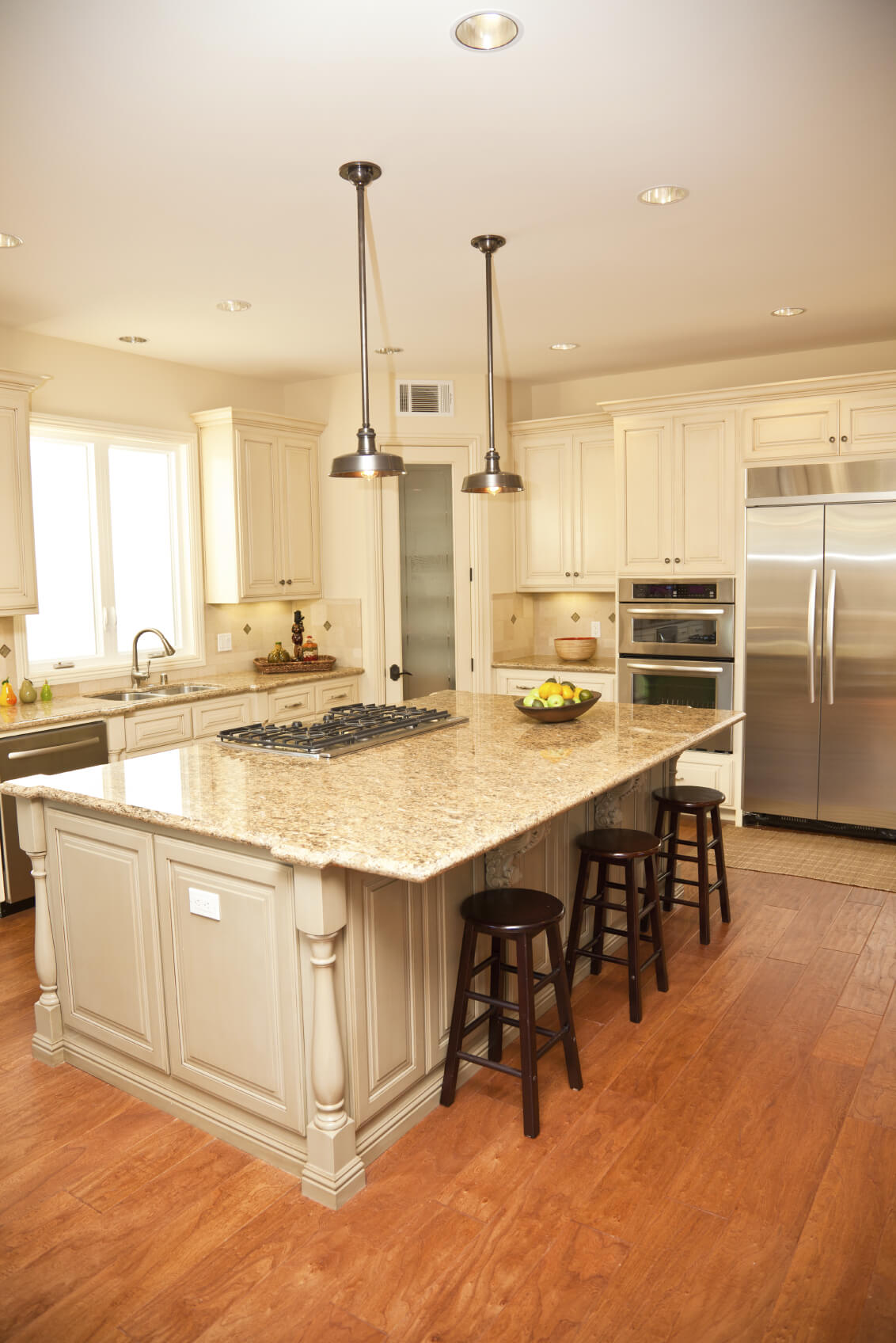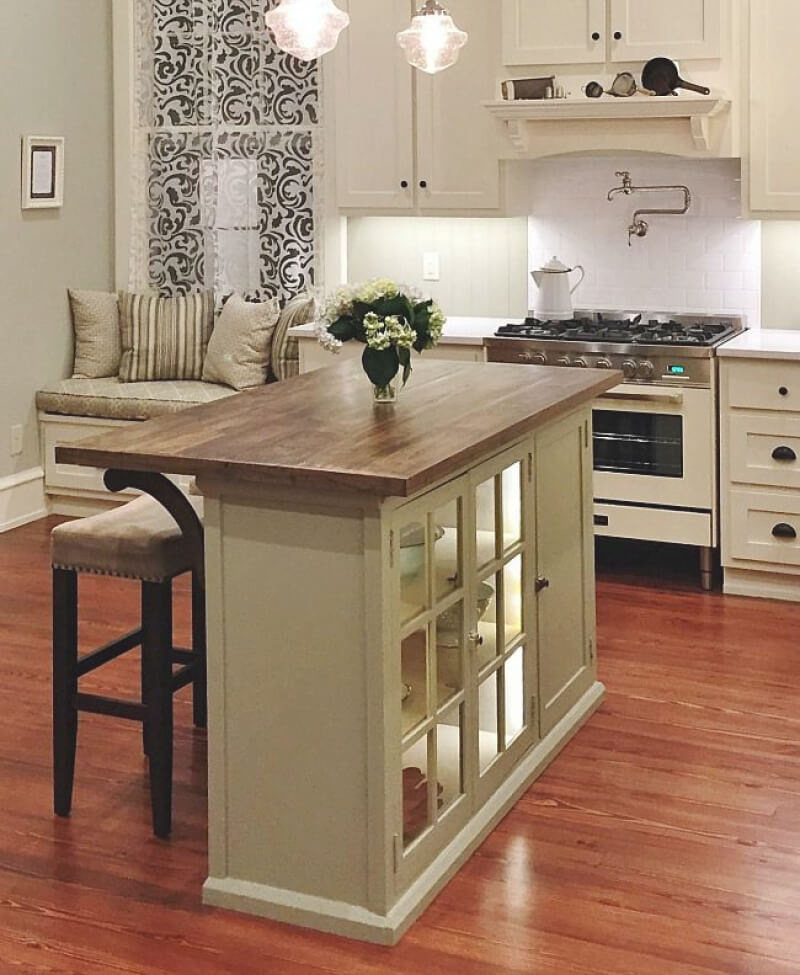Table Of Content

Replace your ordinary law grass with shibazakura, or pink moss. The plant grows thickly, covering the ground like a bright-pink carpet. You will see a kaleidoscope of yellow, pink, white, red, and lilac in Japanese flower gardens, creating a fragrant display. For your modern tea garden, you’ll have to find the right spot and bring in the aesthetics of a tea room. By simply creating accents along the outer edge of the garden with them. They have a tranquil, natural vibe that is undeniably linked to the East.
Try colour-changing leaves with a potted acer
You can also mist the moss periodically to mimic the humidity it thrives in. With patience and proper care, the moss will gradually spread and establish itself, adding a layer of enchantment and tranquility to your Japanese garden. Creating a harmonious space is one of the main aims of these Japanese garden ideas. With that in mind, what a fantastic idea it is to build a koi pond in the patio’s brickwork. This gives it a modern feel and the continuity of stone is very relaxing. Feeling peaceful, relaxed, and zen is the aim of this Japanese style garden with its mixture of different coloured maples, bonsai trees and rounded evergreens.
Origins and history of Japanese gardens
Raked gravel surrounding stones represents ripples of waves around islands in this low-maintenance Japanese garden design. This Japanese rock garden idea is created for contemplative thought and is easy to care for, whether you use gravel or sand as the floor. Whether you’ve a vast sunny spot or quiet, secluded corner, garden gravel ideas could be your perfect option. When it comes to designing Japanese garden ideas, make the most of your existing garden features. Mature shrubs and trees, sloping banks or natural dips all present opportunities to get creative and a chance to try out fresh ideas.
Discover Your Garden Personality to Create Your Perfect Outdoor Space - Better Homes & Gardens
Discover Your Garden Personality to Create Your Perfect Outdoor Space.
Posted: Thu, 10 Aug 2023 07:00:00 GMT [source]
A Garden from Scratch: How to Begin the Plant Selection Process
Chaniwa gardens are specifically designed to be viewed from a tea house during the tea ceremony. These gardens often feature stone paths, lanterns, and water features, creating a serene and tranquil setting for tea ceremonies. Chaniwa gardens are designed to be simple and understated, with a focus on creating a harmonious environment. More than a hundred years on, Japanese gardens continue to enthral us and have never felt more contemporary. Most of the features of a traditional Japanese garden are nature-inspired. These are stones, gravel, sand, water elements, trees, and shrubs.
Go for a few thoughtfully placed features
Looking to add a bit of Zen to an enclosed area but not sure how? The simplicity in Japanese design reflects a sense of tranquility and peace. Unlike most gardens, Japanese gardens are not laid on straight axes. Yes, they’re quite traditional, but you don’t have to settle for old conventions–you can always reinterpret them creatively.
Balance the Elements
This small reflecting pool has a decidedly low-maintenance Japanese garden design feel. For example, wealthier people began to add outdoor tea houses to mimic the journey to a place of spiritual pilgrimage. Outside of a traditional tea house, it was customary to wash one’s hands and mouth to cleanse before entering. As a result, incorporating moving water became a staple of this garden design genre.
They incorporate natural features like water, rocks, stones, sand, plants, moss, and fish. Exceptionally beautiful, Japanese maples are the perfect plant for your Japanese garden ideas. Combining several Japanese garden ideas in one place we have running water, rocks, decorative sands and a statue, combining to make a small but perfectly formed Japanese garden.
It’s no surprise that the interest in Japanese garden ideas is growing fast as we all look for ways to create a truly calm and relaxing outdoor space. Enhance the texture and style with the addition of pebbles, which can also serve as pathways, guiding you through this serene garden retreat. Historically Japanese gardens were designed for many different purposes, each with their own characteristics and features. Each fascinating in their detail and meaning, we can include many of the same design ideas in our own spaces, no matter what their size, shape or aspect. The timeless beauty and serene presence of moss make it an essential element in Japanese garden design. Its ability to transform rocks, pathways, and other features into verdant carpets creates a harmonious blend of nature and artistry.

Often, carefully positioned rocks and pebbles are the stars of the show in these peaceful Japanese garden ideas. Planting is kept to a minimum, or at least to a minimal palette. The result doesn't just feel quiet and calm, but it looks effortlessly sophisticated, too. Ensure the pagoda’s placement commands attention and serves as a focal point.

The beautiful stone privacy screen is also the backdrop for this project’s house numbers – another example of combining form with function. Take flat top boulders, bury them 80% in the ground and use them as stepping stones to make meandering steps. Boulders 2-3 feet wide will end up being buried inches deep in the ground.
One such concept is the idea of wabi-sabi, which is centered around the acceptance of imperfection and the beauty of transience. This concept is often reflected in the use of natural materials, such as weathered rocks and aged wood, which create a sense of impermanence and authenticity. One defining characteristic of Japanese gardens is their use of symbolism.
With its low-spreading branches, twisted needles, and compact, conical shape, the Dwarf Pine adds a touch of elegance and resilience to your garden. The graceful presence of dwarf bamboo adds an undeniable charm to Japanese gardens, providing a sense of serenity, verticality, and natural elegance. Its adaptability to container gardening makes it a versatile choice for small spaces, allowing you to enjoy the beauty and tranquility of bamboo, even in the most compact environments. Whether used as a standalone accent or integrated into a larger composition, dwarf bamboo is a captivating addition to your Japanese garden that evokes a sense of harmony with nature. One of the standout qualities of dwarf bamboo is its ability to thrive in containers, making it an excellent choice for small gardens, patios, or even indoor spaces.
The careful arrangement of rocks, gravel, and moss creates a calming and meditative atmosphere. The simplicity of the design allows the mind to focus and find inner peace. Zen gardens provide a space for contemplation and introspection.
Use concrete pavers along this path to achieve a timeless look in harmony with the traditional Japanese garden style. For extra impact, outline the concrete pavers with natural stones, enhancing contrast and visual intrigue along your journey to tranquility. Transform your garden into an oasis of tranquility and beauty by crafting Japanese-style landscaped islands.














